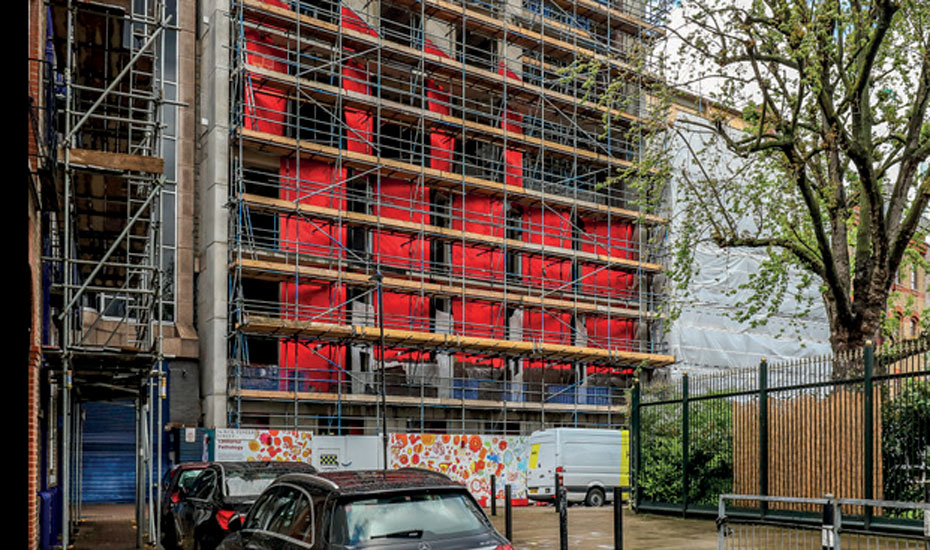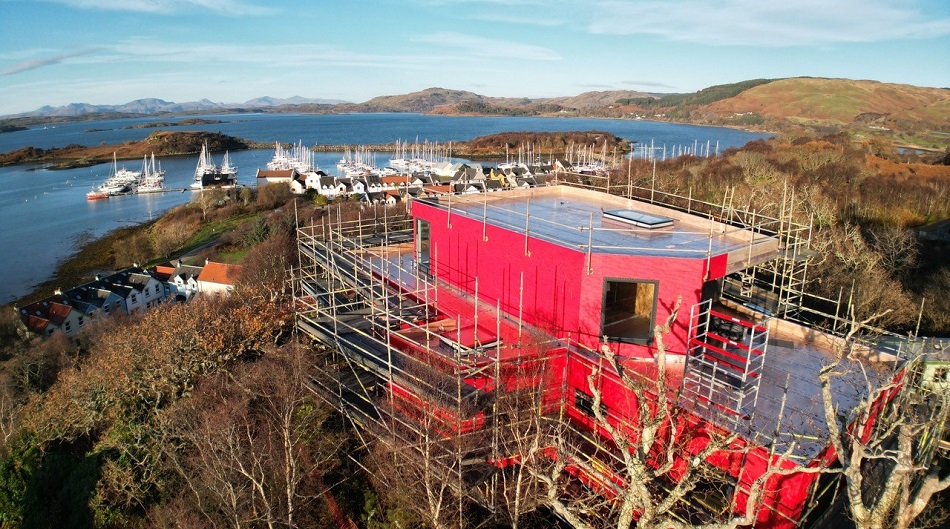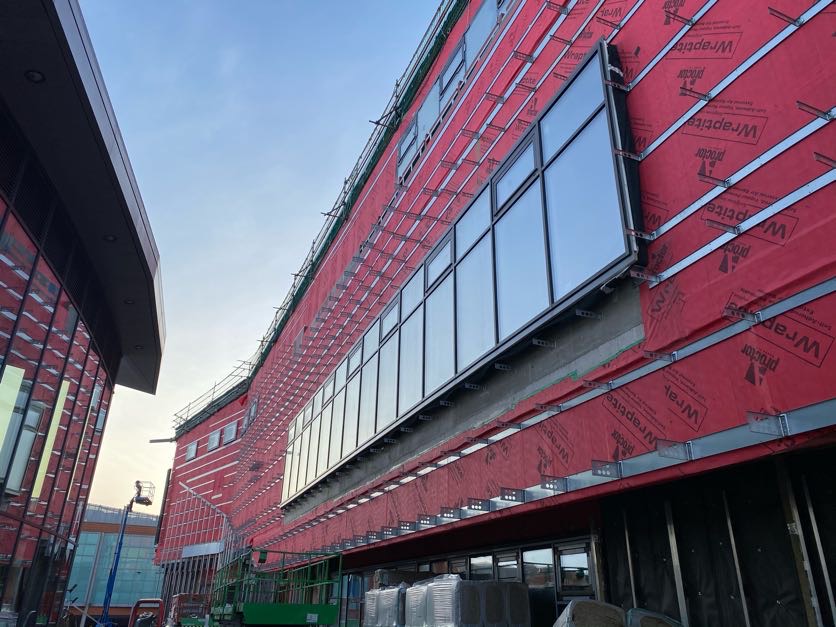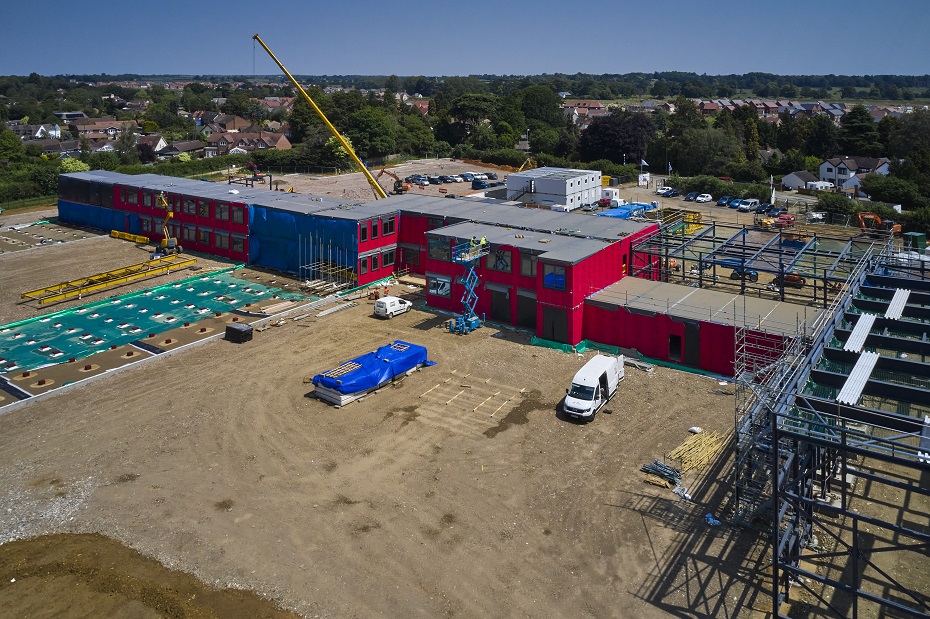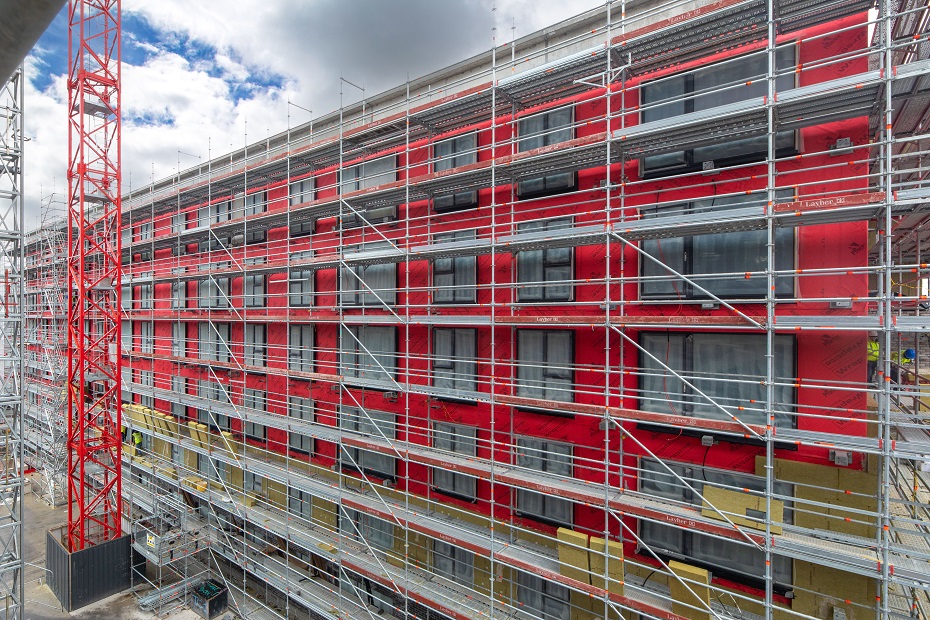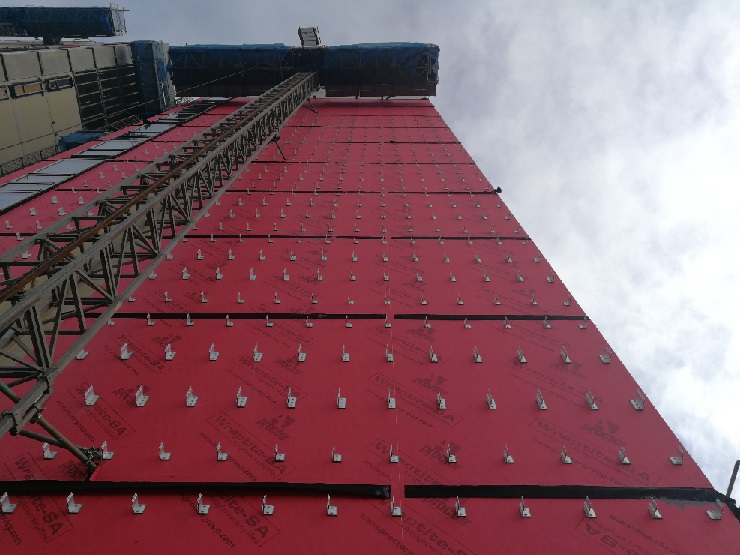As thermal insulation requirements have increased over the last few years, the proportion of energy lost through air leakage has become more evident. The ever-increasing thermal insulation required will, however, be rendered largely ineffective unless the airtightness of the structure itself is addressed. Air leakage greatly reduces the effect of thermal insulation; therefore if energy efficiency is to be improved within buildings, this is the most critical area to focus on.
The two main ways to achieve airtightness in the building envelope are internally or externally, or in other terms, “inside of the services zone’ or ‘outside of the services zone’. For the contractor, the use of traditional internal air barriers can be more complex and costly to install, due to the need to accommodate building services such as electrical, lighting, heating and drainage systems. An internal air barrier is only as good as it’s installation. If all the service penetrations are not adequately sealed, performance will be compromised.
For many years, external air barriers have been commonly used in North American building design and construction. By moving the air barrier to the external side of the structural frame, external air barrier systems such as Wraptite® from A. Proctor Group allow for an almost penetration-free airtight layer, which can be installed faster and more robustly. This offers an effective but simple system comprising a self-adhesive vapour permeable air barrier membrane, plus vapour permeable sealing tape, Wraptite Corners and Wraptite Liquid Flashing, and provides effective secondary weather protection while preventing trapped moisture and air leakage. Far simpler than internal options an external air barrier system like Wraptite will maintain the envelope’s integrity, with less building services and structural penetrations to be sealed, and less room for error.
The Wraptite air barrier system from the A. Proctor Group is the only self-adhering vapour permeable air barrier cer tified by the BBA and combines the important properties of vapour permeability and airtightness in one self-adhering membrane. This approach saves contractors costs on both the labour and materials required to achieve the demands of energy efficiency in buildings.
An example in use is the administrative headquarters building of the Royal College of Pathologists in London where the Wraptite system was installed as a solution for airtightness, weather protection and breathability.
Cladding contractor Windell installed the Wraptite System as an external air barrier and alternative to a traditional standard breather membrane. The use of a standard membrane would have required mechanical fixing and provided some challenges given the concrete structure of the building. As an alternative, the Wraptite self-adhesive membrane was applied, quickly and easily to the external envelope in continuous pieces.
George Marcantonio, the Site Manager of Windell, commented: “The application of the self-adhesive Wraptite System has proven really easy to use, and quick to apply, with no requirement to return for additional fixing or accessories. We will certainly be using the system for future projects and recommend it without hesitation.”
By reducing the likelihood of potential failures to meet designed airtightness levels, the Wraptite System helps contractors to ensure compliance with building regulations, achieving an effective airtight barrier, whilst saving time and cost on site.
